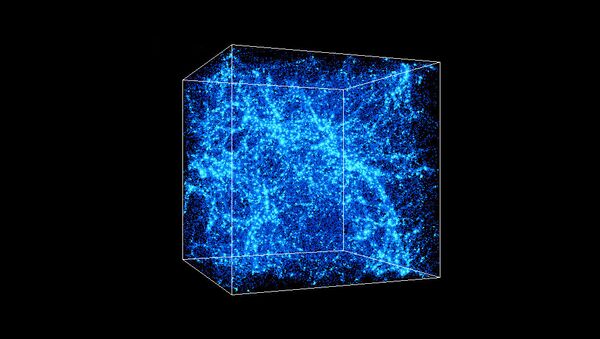An international team of researchers has managed to spot the missing 50 percent of visible matter in the universe, according to their research's summary, published by the website arxiv.org.
In their studies, two teams of scientists used the cosmological Lambda-Cold Dark Matter model, which stipulates that dark matter and dark energy comprise more than 95 percent of the universe, while the remaining 4.6 percent include the ordinary (Baryonic) matter consisting of protons, neutrons and electrons.
The new study confirmed that the missing ordinary matter can be discovered in the form of filaments of these diffuse gasses, which link the galaxies.
In order to detect the gasses, both teams used the Sunyaev-Zeldovich effect, a phenomenon which takes place after leftover photons of the Big Bang's glow pass through hot gas surrounding galaxy clusters; as a result, the photons leave behind a trace of the gas that can finally be captured.
The scientists analyzed data obtained by the orbiting observatory Planck, designed to study the cosmic microwave background (CMB), which remained after the universe became transparent to thermal radiation.
With a total of 260,000 pairs of such galaxies already explored, it turned out that in filamentary structures between them, baryonic matter is several times denser than elsewhere in the universe.



